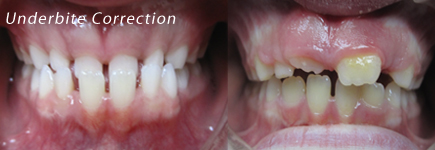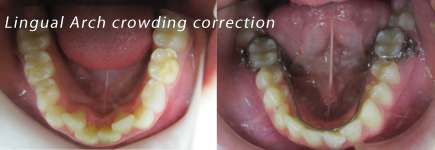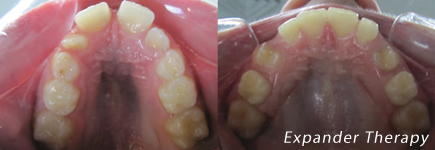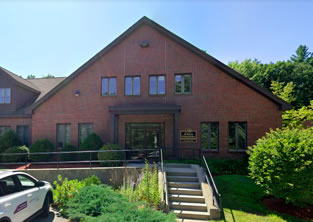Early Treatment
Early Orthodontic Treatment for Children
Often times, many problems can be successfully treated in one stage. If I recommend early treatment, my goals for this phase are limited and geared towards preventing harm to adult teeth and gums, and normalizing dental eruption and growth problems.
Early treatment, also known as Phase I, typically begins around age eight or nine. Phase II (full braces) could begin around age 11 or when the permanent teeth are nearly all erupted.
If your child is around the age of seven or eight and shows signs of needing orthodontic care(click here to see some examples), please contact our office and schedule a complimentary exam. Did you know that you don’t need a referral from your dentist to be seen? I will share all my findings with your dentist.
Possible signs that my child should be checked:
- Early/late loss of baby teeth
- Difficulty chewing and/or biting
- Mouth breathing
- Your child continues to suck his or her thumb after age five
- Protruding upper front teeth
- Teeth that don’t come together at all
- Shifting of the jaw when your child opens or closes the mouth (crossbites)
- Crowded front teeth
What causes orthodontic problems, and how will early treatment benefit my child?
Orthodontic problems are usually inherited, caused by injury to the mouth, or early/late loss of baby teeth, or thumb-sucking habits.
Most children lose all their baby teeth by age 13. By the end of their teen years, the jawbones mature and stop growing. Early intervention can mean more treatment options when ready for full braces and can help prevent unnecessary dental procedures as an adult.
The most common possible early treatments include palate expanders, lingual arches, and underbite correction. Here are some before and afters of these three types of early treatment.






